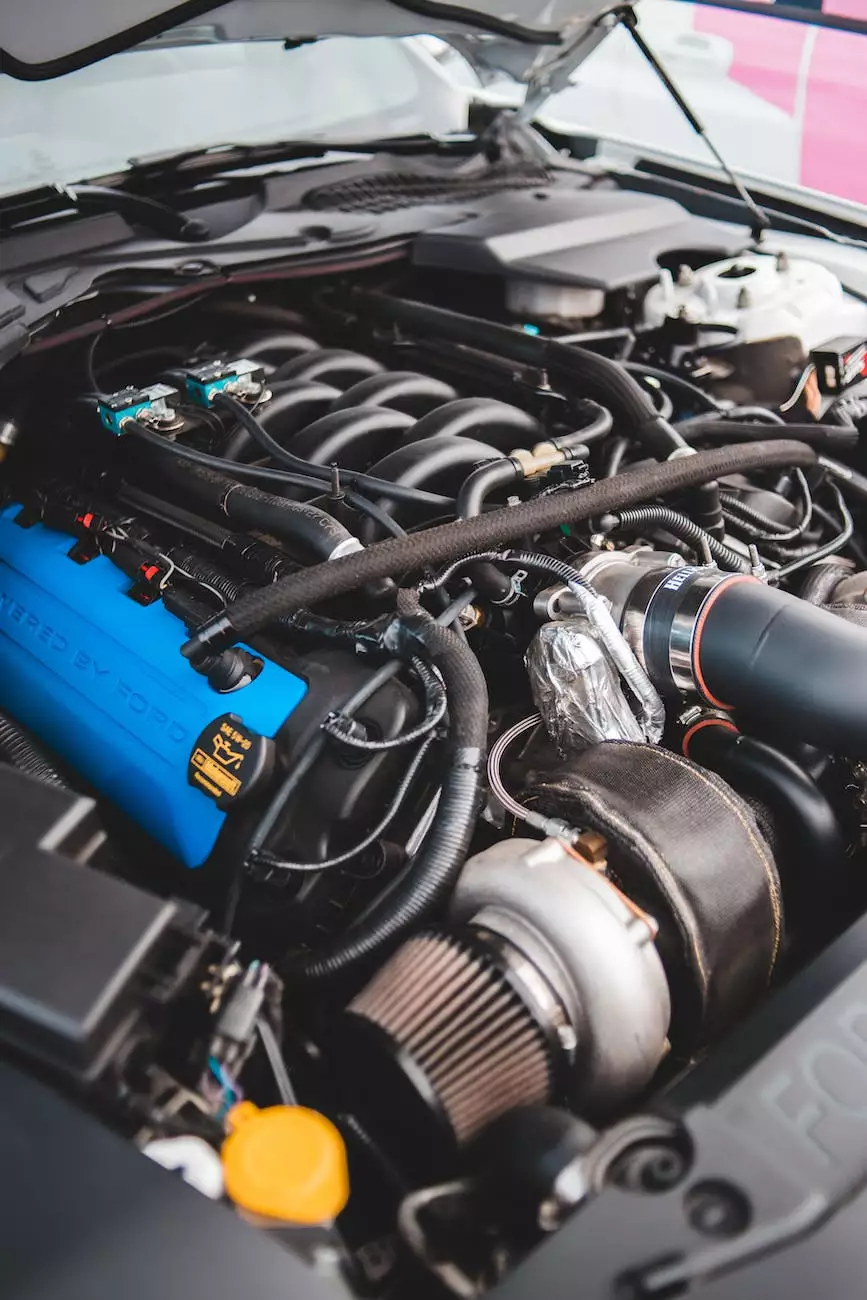Glossary: Understanding Garage Door Terminology
Company Information
Welcome to our comprehensive glossary of garage door terminology! At Xpress Garage Door, we believe that a key aspect of ensuring a seamless garage door experience is having a thorough understanding of the various components, parts, and mechanisms that make up your garage door. With this glossary, we aim to provide you with detailed explanations of commonly used terms in the garage door industry, helping you become better informed and equipped when it comes to maintaining, repairing, or replacing your garage door.
1. Garage Door Components
It is essential to familiarize yourself with the different components that contribute to the overall functionality and performance of your garage door:
1.1 Panels
The panels form the main body of the garage door and are typically made from steel, wood, or composite materials. These panels are designed to withstand external forces while providing insulation and enhancing the aesthetics of your garage.
1.2 Springs
Garage door springs play a crucial role in counterbalancing the weight of the door, making it easier to open and close. There are two main types of springs: torsion springs, which are installed above the door, and extension springs, which are positioned on both sides of the door.
1.3 Tracks
The tracks serve as the guide for the garage door, ensuring smooth and controlled movement. Typically made of steel, these tracks are responsible for keeping the door balanced and aligned, preventing it from derailing during operation.
2. Garage Door Parts
Understanding the specific parts of your garage door can help you identify potential issues and undertake appropriate maintenance or repairs. Let's explore some of the key parts:
2.1 Rollers
Garage door rollers enable smooth movement along the tracks. They are often made of steel or nylon and are available in various sizes and types, such as standard rollers, ball-bearing rollers, and nylon rollers.
2.2 Hinges
Hinges connect the garage door panels together, allowing for flexible movement during opening and closing. They come in different styles, including center hinges, end hinges, and top brackets, and are typically made from durable materials like steel or brass.
2.3 Cables
Garage door cables work in conjunction with the springs to balance the door's weight. These strong, steel cables ensure that your door opens and closes smoothly and prevent it from crashing down if a spring fails.
3. Garage Door Mechanisms
The mechanisms underlying the operation of your garage door are essential to comprehend. Below are some common garage door mechanisms:
3.1 Opener
A garage door opener is an motorized device that facilitates the opening and closing of your garage door. It can be controlled with a wall-mounted switch or a handheld remote, providing convenience and security.
3.2 Safety Sensors
Safety sensors are a crucial part of modern garage door systems, designed to prevent accidents or damage. These sensors use infrared technology to detect obstructions in the door's path, causing it to reverse if anything is detected.
3.3 Keypad Entry System
A keypad entry system allows you to enter a unique code to open your garage door, providing an additional layer of security and eliminating the need for keys or remotes. It is a convenient option for households with multiple drivers.
Conclusion
By diving into the rich world of garage door terminology, you are equipping yourself with the knowledge necessary to better maintain, repair, or replace your garage door. At Xpress Garage Door, we believe that an informed customer is an empowered one. We hope that this comprehensive glossary has enhanced your understanding of garage door components, parts, and mechanisms and will contribute to a seamless garage door experience. Should you have any further questions or require professional assistance, feel free to reach out to our experts.




